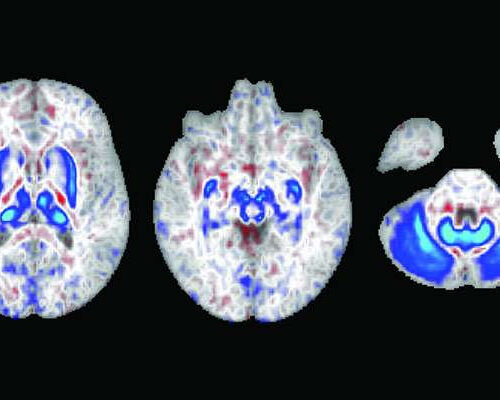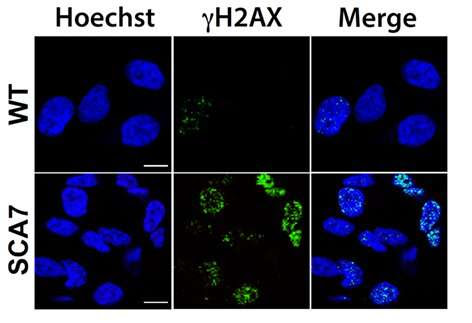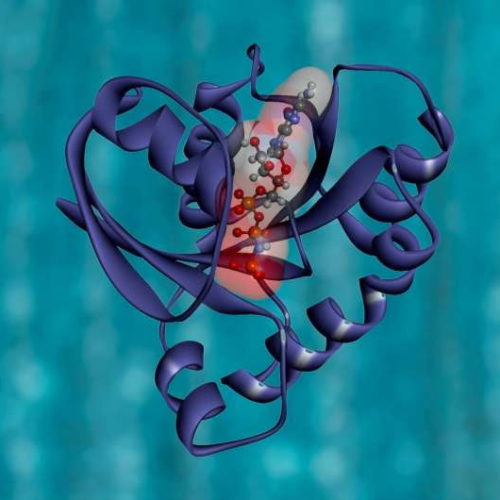by University of California – San Diego In these brain scans, blue areas indicate regions with iron accumulation in individuals with two copies of the hemochromatosis risk gene. These regions also play a role in movement. Credit: UC San Diego Health Sciences A disorder called hereditary hemochromatosis, caused by a gene mutation, results in the body...
Tag: <span>movement disorders</span>
Linkage confirmed between altered DNA repair, damage in neurodegenerative conditions causing movement disorders
by University of California, Irvine Increased DNA damage in neurons from SCA7 patients. Skin cells from an SCA7 patient and an unaffected sibling (WT), generated induced pluripotent stem cells. Those stem cells were used to make neurons which were grown in culture. Illustrated here are stained neurons with Hoechst to show the nucleus, and with...
Unraveling the mystery of Gαo, a protein implicated in movement disorders
by The Scripps Research Institute Credit: Unsplash/CC0 Public Domain Scientists at Scripps Research have clarified the workings of a mysterious protein called Gαo, which is one of the most abundant proteins in the brain and, when mutated, causes severe movement disorders. The findings, which appear in Cell Reports, are an advance in the basic understanding of how the brain controls muscles...
Genetic markers linked to the start of symptoms of Parkinson’s disease
by University of Barcelona Researchers from the Institute of Neurosciences of the University of Barcelona (UBNeuro), Hospital Clínic and the August Pi i Sunyer Biomedical Research Institute (IDIBAPS) have identified a group of genetic variants related to the starting point of Parkinson’s disease. These results, published in the journal Movement Disorders, will enable delimiting the research on new therapeutic targets, and...



